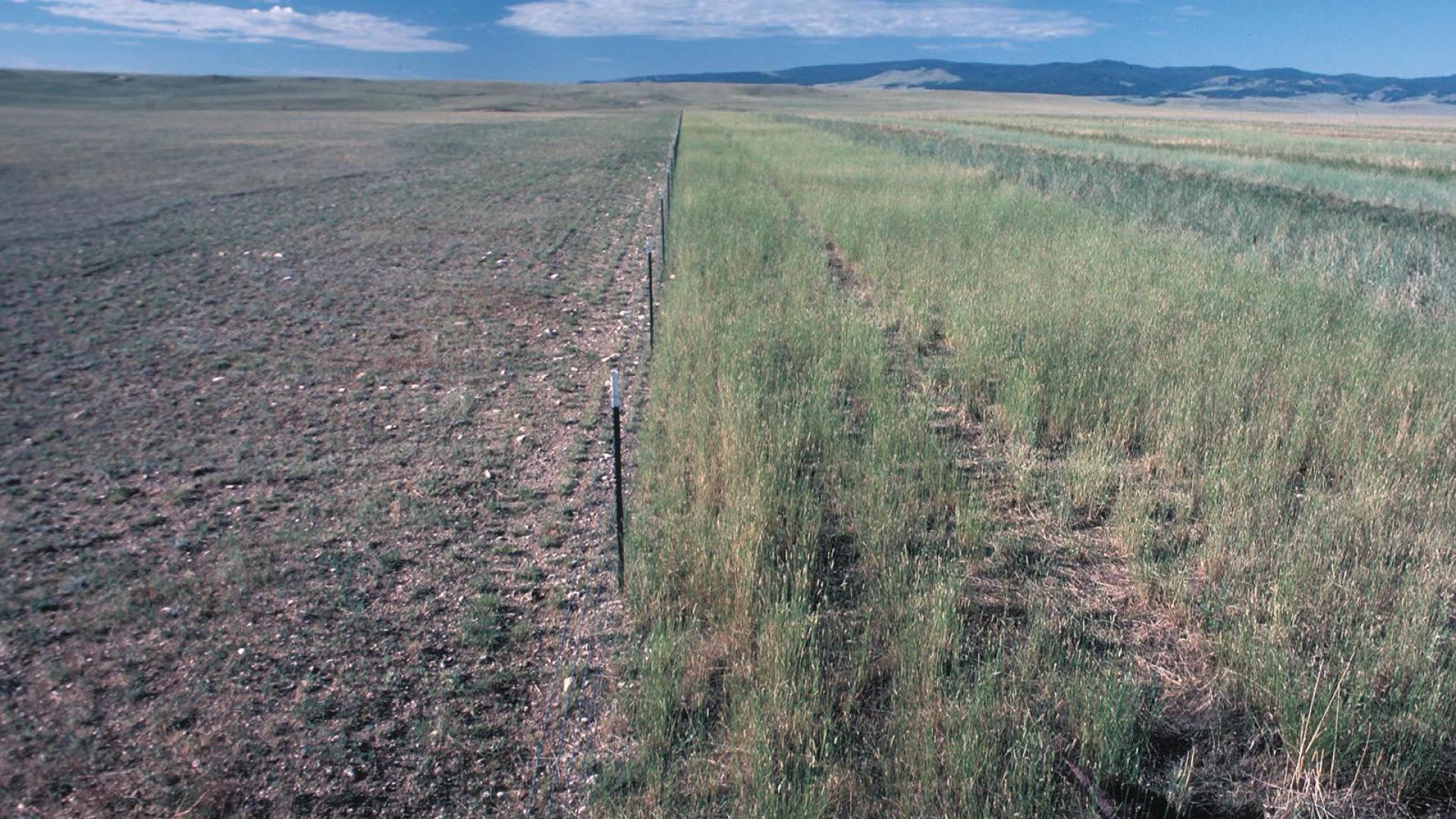
- Body
Rangeland ecosystems are always changing. Succession is the replacement of one plant community by another. Succession occurs through changes in species composition, the abundance of species, and other shifts in plant communities over time. There are two types of succession: primary and secondary successions. Primary successions begin from bare ground such as lava flows and volcanic ash deposits. Secondary successions are those that happen after a disturbance such as fire or grazing.
Historically, rangeland scientists thought that the process of succession in rangeland systems proceeded until a single, stable “climax” plant community was reached and the system was in equilibrium. Today, advances in rangeland science have helped us to understand that many rangeland systems have more than one potential stable plant community. This has changed the way management of rangeland ecosystems is approached. State and transition models (STMs) describe vegetation dynamics and how ecosystems respond to certain disturbances or management practices. Each “state” in an STM is a stable plant community. Each “transition” is a change that can push an ecosystem to a different stable plant community, for example a wildfire, shrub encroachment, or erosion from overgrazing. By developing STMs for different places, rangeland ecologists and managers can improve our understanding of the potential impacts of different management approaches. State and transition models are now an important tool used by federal agencies in management planning and evaluation of the condition of rangeland ecosystems.
Videos
Rangeland Succession
Additional Links
- NRCS. 2003. National Range and Pasture Handbook. Chapter 3: Ecological Sites and Forage Suitability Groups.
- NRCS. 2006. Responses of Plant Communities to Grazing in the Southwestern United States.